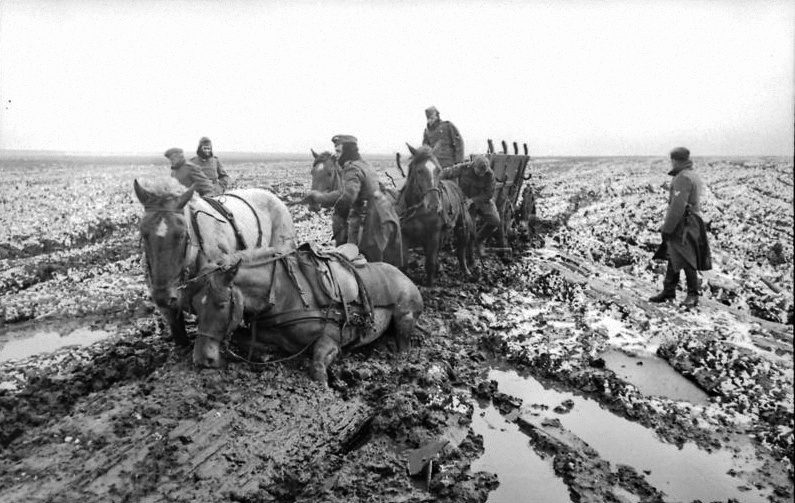Everyone learns about World War II from their high school history classes. It’s inevitable. Hitler’s tyranny, the Holocaust, the attack on Pearl Harbor; these events have all become a major part of the American curriculum, and for good reason.
However, how much were you NOT taught about the events of the better part of that decade? After all, you can’t learn everything from a textbook. There’s bound to be some key details missing from your brief education on the subject.
For those interested in learning some of the lesser known details of the battles of WWII, keep reading for more knowledge you would never likely be asked for in a history test.
1. Germany’s military was far inferior in numbers to France’s Army
Many believe that the German army in 1940 had far superior equipment and weaponry on their side, but this is not true. While it would seem likely that the German military would’ve had a very modern, mechanized army and air force, actually their forces were outnumbered by France’s army.
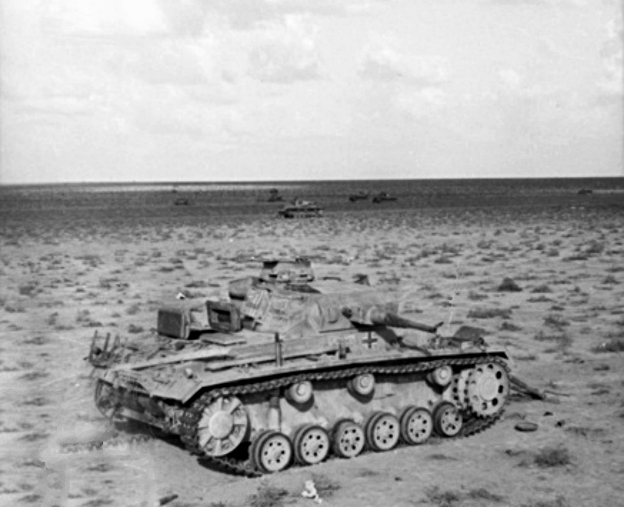
When the Germans attacked on May 10th, 1940, they only had mechanized transport for 16 of their 135 divisions overall. The rest of them were dependent upon the Old West style of horses and carts, and even on foot. France, on the other hand, had 117 divisions, all prepared for modern warfare. And they had a far greater number of guns as well, as France had well over 10,700 while Germany had to make do with about 7,378 artillery weapons.
2. The manpower needed in the UK went to unlikely areas of production
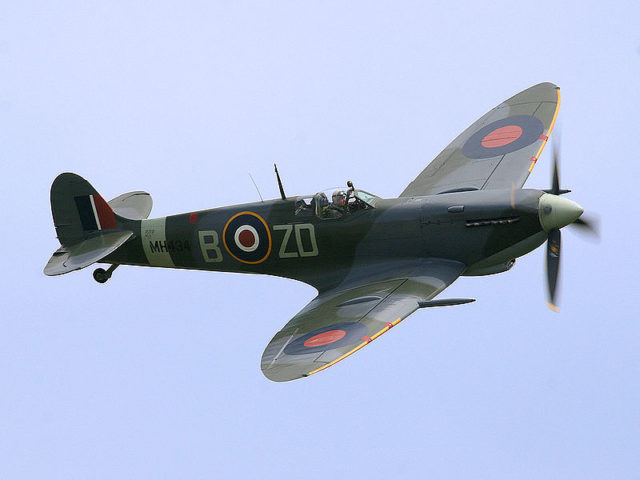
The strength of Britain’s armed forces was more focused on the air and naval divisions for the most part. But after France fell, it was quickly determined that their army needed more strength as well.
However, up until Springtime of 1944, most of the British strength wasn’t put into place in RAF, the army, the navy, or even the merchant navy. Surprisingly, much of Britain’s manpower was in the Ministry of Aircraft Production. Despite the fact that Britain never had more than 750 fighters at one time, the country had built over 132,500 aircraft, which was an amazing feat for a single country to attain.
3. Allied shipping losses ended up at only a little more than one percent
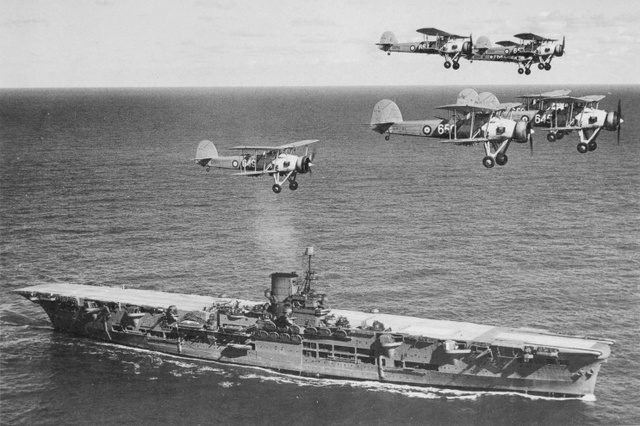
The number of ships sailing during the years of WWII was staggering; around 323,090 sailings took place individually. Of all of these trips, about 4,786 were sunk. About 2,562 of these boats were British, but there was also an average of about 2,000 British ships sailing the high seas on any given day anyway.
Therefore, Allied shipping losses between the North Atlantic, the Arctic, and Home waters was 1.48% of the fleet – a number that seems all the more surprising given the amount of loss in other areas of the warzone. Though lone vessels and drifters from the main convoys made up the majority of the sunken ships, these were often a result of the inefficiencies of the convoy system.
4. Britain was never directly hit with the need for rationing
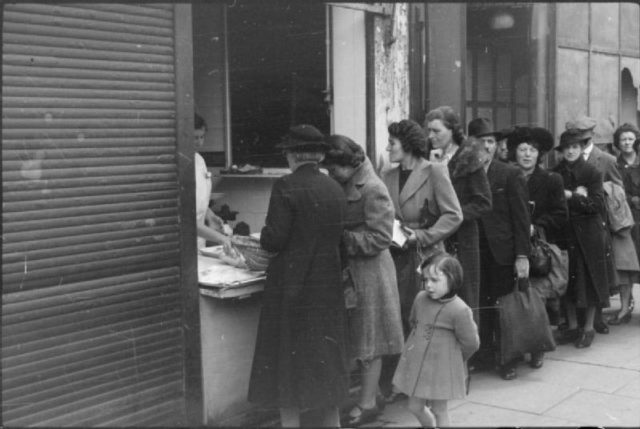
Britain and France didn’t begin the war with rationing, though Germany did from the get-go. However, Germany was faced with hunger constantly throughout the war, not only for civilians but the armed forces as well. So once they defeated France in June 1940, the Germans had started taking the food supply from those occupied territories, leading to rationing and famine in many of France’s main regions.
By 1940, British rationing had begun, but the citizens of Britain were never truly starving, as people in other countries were.
5. Kamikaze rockets were in the hands of the Japanese
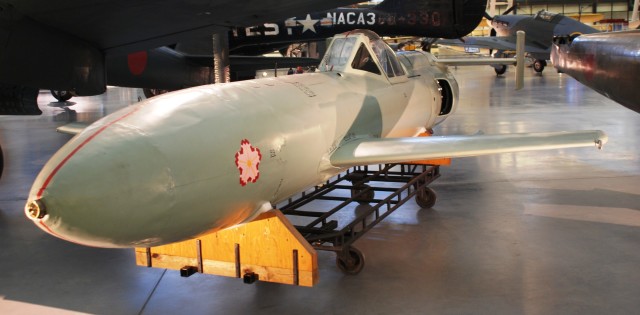
The Germans weren’t the only ones with rocket power at the ready. The Japanese were hanging on to their own version of anti-shipping, human-guided missiles that they named the Ohka, which translates to “Cherry Blossom.” Japanese armed forces had less advanced technology than the US or British, so they had these kamikaze weapons as a backup force. Though these rockets managed to take out a few Allied ships, these were small victories.
6. One British Marshal reigned supreme on the battlefield
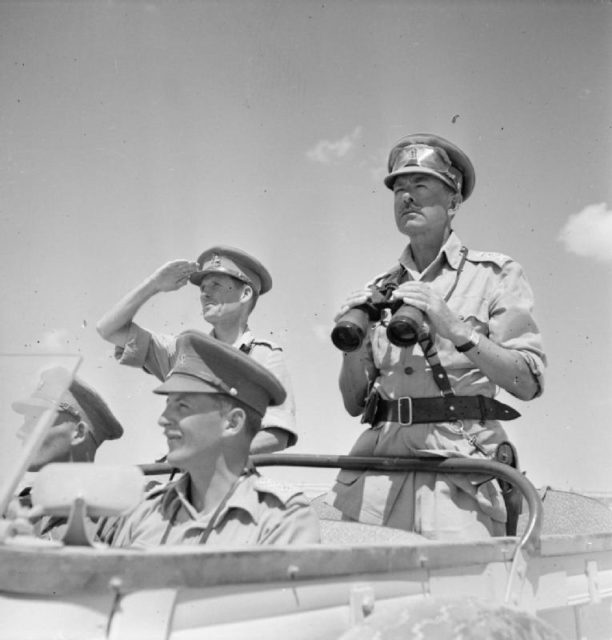
Field Marshal Alexander was a major figure in the War, leading troops on the frontlines from a variety of ranks he held over time. Not only was he an acting Brigadier in WWI, but he also commanded the Nowshera Brigade in the 1930s, the first division into France in 1940, and even forces in Burma by 1942. After taking control of the Middle East forces as well, he landed himself in the role of Supreme Allied Commander in the Mediterranean.
This man’s career may be lesser known in history circles today, but his lifelong service will never be forgotten.
7. Allied and German fighter ‘aces’ were not equal in terms of kills
The German Luftwaffe demanded far more for their fighter aces. Pilots were expected to fly long operations without hope of a break.
In this regard, German forces had much more of a chance of achieving hits than their counterparts. While the Luftwaffe’s leading ace had killed over 350 targets, the best of the allied forces fighting aces had only amassed 38 kills.
8. The Luftwaffe had stronger planes at their disposal that largely went unused
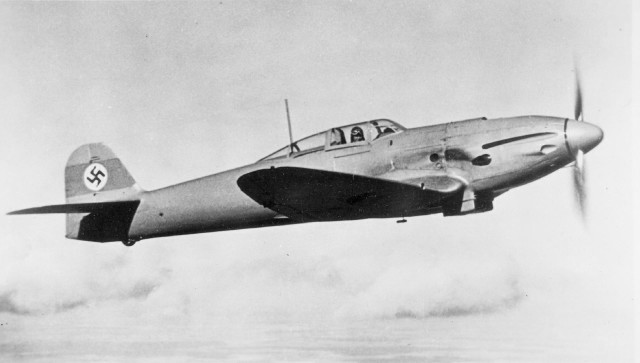
The leading aircraft production firm Messerschmidt had created their stellar Bf109 while rival company Heinkel had their own version of an all-metal monoplane fighter known as the He112. Both were fast, traveling at speeds of more than 350 mph, and their rate of climb was superb. However, the He112 could climb to 20,000 feet in 10 minutes and had an unparalleled range of up to 715 miles.
None of this mattered, however, because Heinkel was purported to have Jewish ties. And with that, the Heinkel fighter was disregarded, despite its better features.
9. The famed Parsons Jacket was all about comfort
The most widely known US army field tunic was the Parsons Jacket, which became standard wear for the American forces. It gained its popularity due to its overall comfort and durability as opposed to the other clothes on offer.
The simple and refined short jacket was well-equipped to handle all seasons and ended up being favored for its comfort and style.

10. Germany held the least amount of mechanized support
Wartime propaganda from the German side would constantly boast about its modern technology, but they were, in fact, one of the least automotive societies in the War. Germany only had one vehicle for every 47 people at the beginning of the war. This didn’t compare to Britain’s 14:1 for every motor vehicle, and definitely not to France and the US, whose ratios were 8:1 and 4:1, respectively.
With these WWII fun facts under your belt, you can now rightfully say you’re more educated than the average Joe with only their high school textbook knowledge to rely upon.
